Viognier has been described as “Chardonnay’s ravishing exotic sister.”
Viognier (pronounced vee-on-YAY) holds a special place in my heart. It makes it difficult for me to write about it in an objective or clinical way. Indeed, Karen MacNeil, author of The Wine Bible, found herself similarly affected when she wrote about the wines of Condrieu and Château-Grillet of the Northern Rhône Valley in France: “Both … are made from Viognier, possibly the most drippingly sensual white grape in the world. This is Chardonnay’s ravishing exotic sister.” Not only do I agree with her sentiments, I find it impossible to separate my early memories of the wine world from the beginnings of my love for this interesting and obscure grape.
“Viognier [is] possibly the most drippingly sensual white grape in the world. This is Chardonnay’s ravishing exotic sister.”
–Karen MacNeil
Viognier in Virginia
Warren and I have discussed the myriad of problems confronting the Virginia wine industry. Without rehashing all of them, one of the major issues is climate. The European grape, Vitis vinifera, evolved within a milder climate than you find here in America, one of warmer winters and generally cooler summers. Add in the problem of pests (from yellow jackets to raccoons to deer), mold, and fungus, and you have the uphill battle that confronts many Virginian vineyard managers.
All those problems taken together make it even more surprising that Viognier can make such amazing wines right here in the Commonwealth. I say “can make”—it’s not a foregone conclusion by any means. However, I was lucky enough early on in my budding wine career to have some truly amazing Viogniers from the Charlottesville area. They profoundly affected my sense of what made wine special and interesting.
Back in 2007, Virginia was still at the beginning of the marriage between its wine and tourism industries. Several wineries, chief among them Horton Vineyards in Orange County, had been growing Viognier since the late 1990s. Two amazing vintages—one in 2002, the other in 2005—really put Virginia on the map and also made Viognier one of the premier varietals that the state became known for. By 2011, the Virginia Wine Board authorized marketing Viognier as “Virginia’s signature grape.”
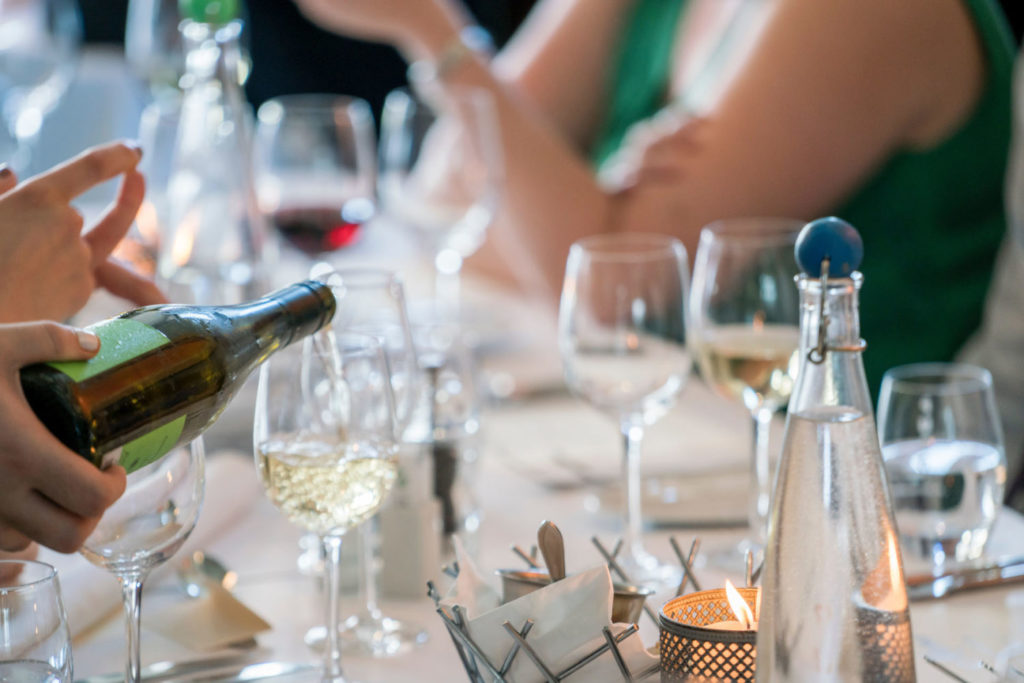
The Virtues of Viognier
The first thing most people notice about Viognier is the amazing floral character it displays. The predominant note is that of honeysuckle; which, when combined with the rich fruit notes that go hand-in-hand with the flowery aroma, create a wine of an unctuous and hedonistic character. It’s truly difficult to talk about Viognier without waxing poetic. It’s just the kind of wine that inspires that sort of thing.
The various other flavors and aromas that Viognier can demonstrate range from the orchard all the way to the tropics. Pear, melon, and fig are fairly common descriptors for quite a few Viogniers. However, it’s also not unusual to run across Viogniers displaying aromas of passionfruit, guava, and nectarine. Although pretty much every Viognier you’ll run across is done in a dry style, the over-the-top fruit character can hint at sweetness.
Some winemakers choose to treat Viognier like Chardonnay, putting it through full malolactic fermentation and/or oak aging. In terms of structure, the wine can stand up to it; Viognier is one of the heavier white grapes, a polar opposite of grapes like Sauvignon Blanc and Pinot Grigio, by dint of its lower acidity and richer mouthfeel. However, oak in particular tends to destroy the surprisingly delicate floral character of Viognier, robbing it of its individuality and making it into a second-rate version of itself.
Where Else Is it Grown?
I’ve focused mainly on Virginia Viognier due to my early association with it in the mid-2000s. Although it doesn’t have extensive plantings anywhere, it’s grown in a variety of places, chiefly among them the Northern Rhône (where it originates); California; Argentina and Chile; and Australia. California has the most extensive cultivation of anywhere in the world, with around 2000 acres’ worth of vines. The efforts of the Rhône Rangers—a winemaking collective that promotes the growth of native Rhône varietals—led to a resurgence of interest in the grape in the 1980s.
What to Pair with Viognier?
So what do you pair with a wine like Viognier? A master sommelier once famously said that he liked pairing Viognier with mowing his lawn. While I can’t argue with his choice, there are quite a few other options for the amateur gourmet. Due to its intense fruit character and rich, almost creamy mouthfeel, Viognier can pair wonderfully with figs and cheese. With melon and prosciutto is another intuitive pairing.
Warren and I have often discussed how well a buttery Chardonnay can go with lobster or other rich shellfish dishes. Even without oak, Viognier’s rich and heavy structure makes it a good match for lobster, oysters, and other such dishes. Due to its low acidity, it’s not as versatile as some other wines, but it’s worth experimenting with just due to the pleasure it brings to the senses.
Whether or not you’re a fan of Virginia wines, consider giving Virginia Viognier a try. It truly is a magical grape, one that’s worth experiencing.
Questions? Leave a comment below!
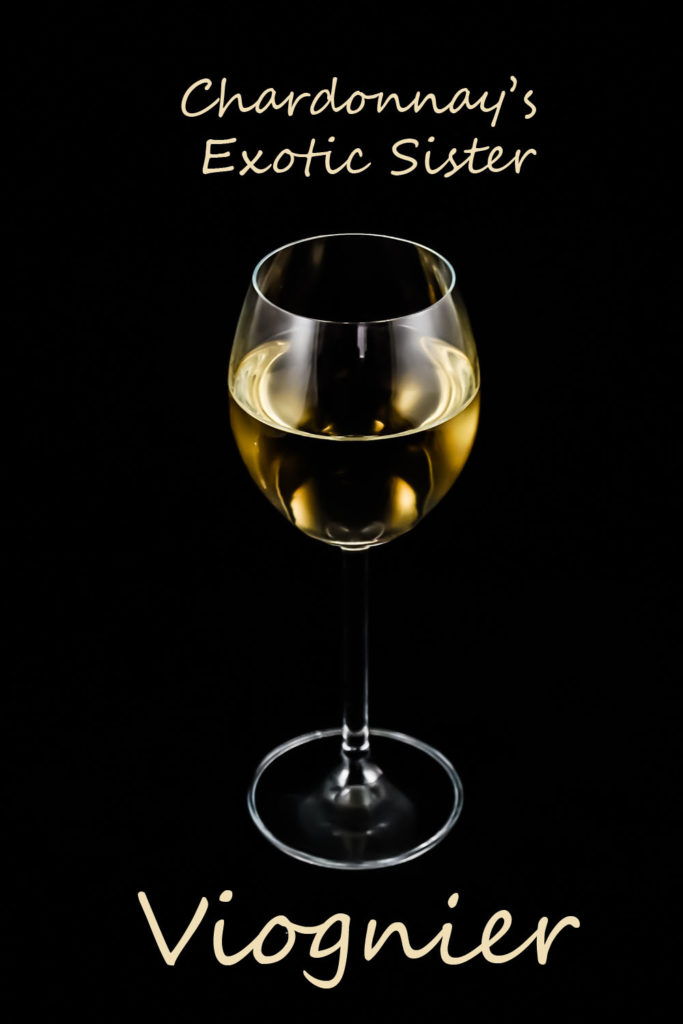


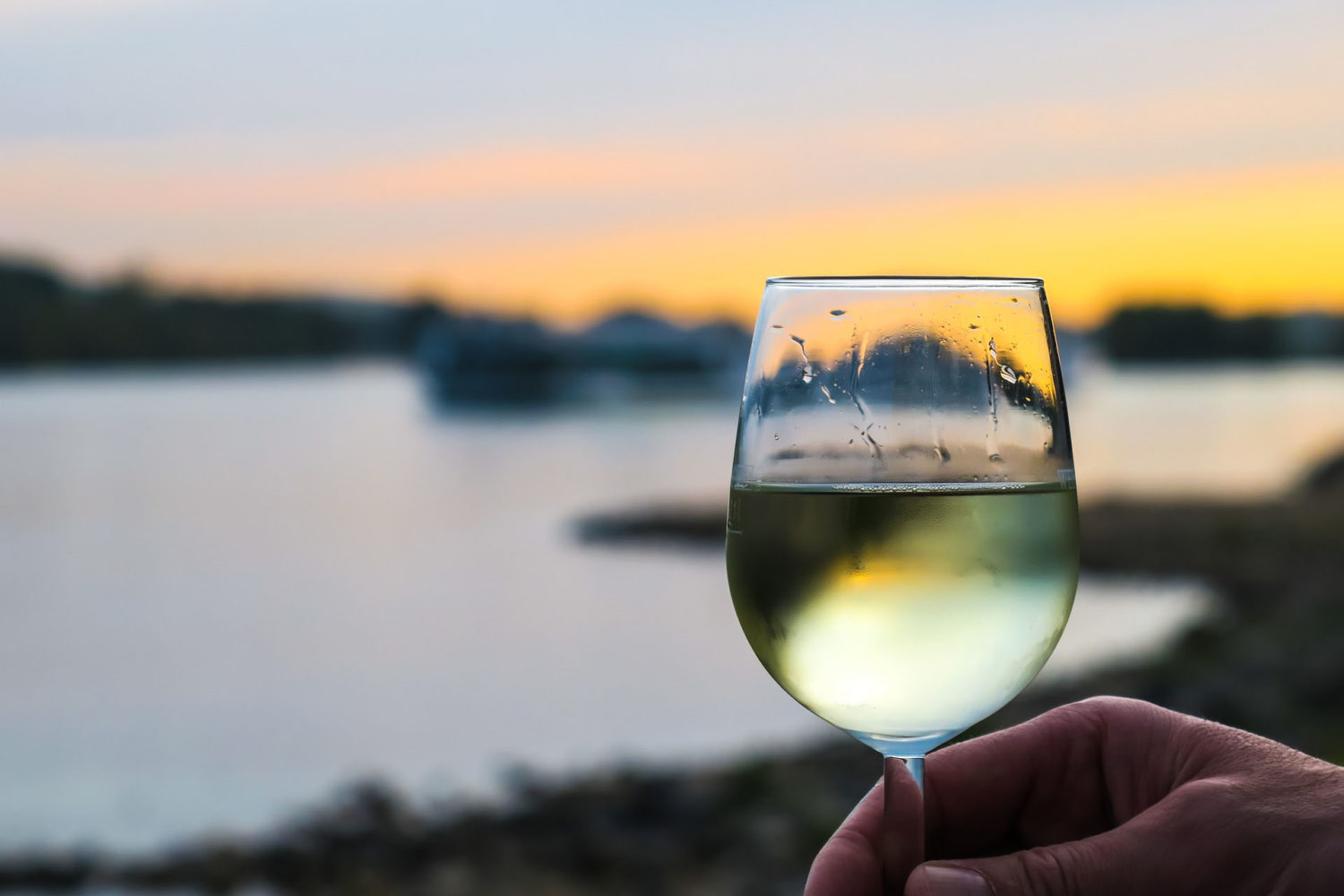
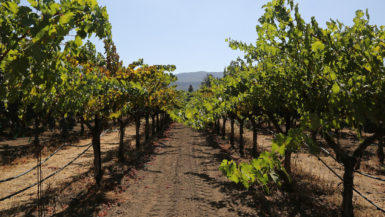
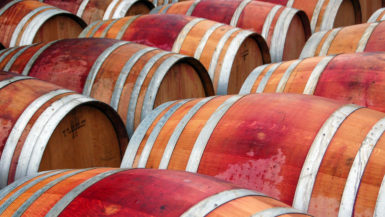
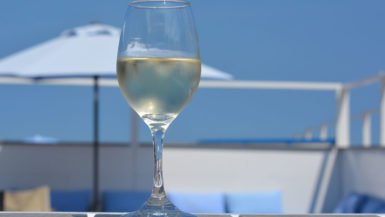
Leave a reply